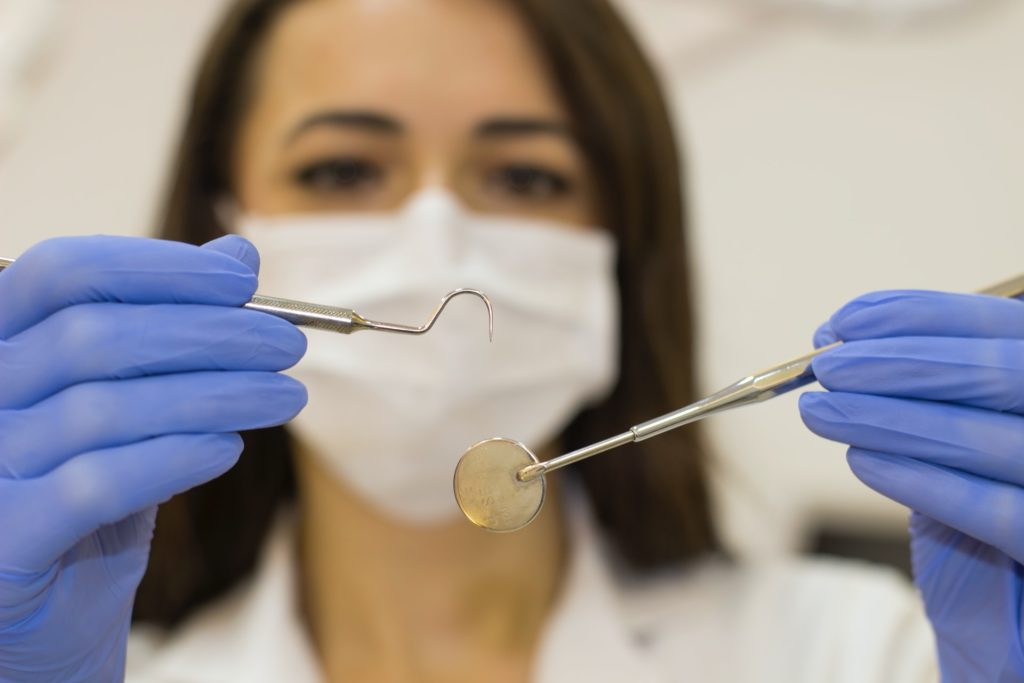A dental implant is an artificial root made to replace an extracted tooth. More modern than bridgework or dentures, implant dentistry is still less popular and less practiced. Find out what you need to know about implantology in this article.
What is a dental implant?

It is an artificial root, most often made of titanium, placed in the alveolar bone to replace one or more missing teeth.
Why place an implant?
Changing your teeth is not only an aesthetic act. A missing tooth leads to difficulties in chewing, a displacement of adjacent teeth, etc., which subsequently leads to an increased risk of cavities and a loss of the natural meshing of the teeth.
Conditions for dental implant placement
Obviously, you must have a healthy alveolar bone. However, several factors must be taken into account. For example, if you have allergies or diabetes, the implant cannot be used. Certain techniques can compensate for the lack of bone.
The different types of implants
The majority of dental implants have the shape of cylindrical or cylindrical-conical screws.
The blade-shaped implant
It is very thin, which facilitates its insertion in a thin ridge. The installation is delicate and requires a special device.
The three-dimensional T-shaped dental implant

Inserted from the side, in the axis of the jaw, it is difficult to place but offers good results. It is recommended for jaws with low bone volume.
The juxta-bone dental implant
Rarely used, this implant is a kind of grid that covers the bone. If the bone volume is limited, it serves as additional support.
The subperiosteal dental implant
It is recommended if the patient is completely or slightly edentulous. Nevertheless, the placement of this implant requires a heavy surgery that presents risks.
What is a dental implant?
A dental implant is a small screw, usually made of titanium or zirconia, which measures between 6 and 13 mm in length and between 3 and 6 mm in diameter. Fixed directly into the jawbone, it replaces the natural root and serves as a support for the crown or prosthesis intended to replace the missing tooth.
A dental implant is a good option if you have lost one or more teeth as a result of trauma or periodontal disease. A dental implant has an average lifespan of 20 years and requires very little maintenance. It looks, feels, and functions like a natural tooth. In addition, unlike a bridge, it rests on its own support and does not require the surrounding teeth to be devitalized before placement.
The gold dental prosthesis
Different from gold used for jewelry, dental gold is an alloy of several metals. In any case, if you need to buy gold in dental form, ask Buy Gold for advice. Possible alloys include:
-
- Yellow dental gold consists of 3/4 solid gold, which is the most common in metal dentures.
-
- White dental gold is made of nickel and solid gold, which is not often used in dental surgery because of the regulatory constraints that require the use of nickel.
-
- Rose gold is not very recommended because of its copper concentration.
-
- White gold is composed of solid gold, palladium, copper, and silver. Its use in dental surgery is not recommended because of the presence of iron.
How is the implant placed?

Its placement depends entirely on the type of implant and the tooth to be replaced. Some implants require two or three sessions and can only be placed on top of the crown after months of healing. After a few routine examinations, the implant placement takes place in three steps:
-
- The practitioner opens the gum and prepares a site to accommodate the implant in the bone. He then makes sure that the gum closes and allows time for the bone around the implant to heal. After a period of six weeks to six months, the practitioner places a titanium abutment to ensure the connection between the implant and the temporary prosthesis.
-
- Finally, the implant is attached to a titanium bracket to hold the ceramic crown.
Sound off in the comments section below and tell us what you want to read next and if you want to read more about dental implants.


